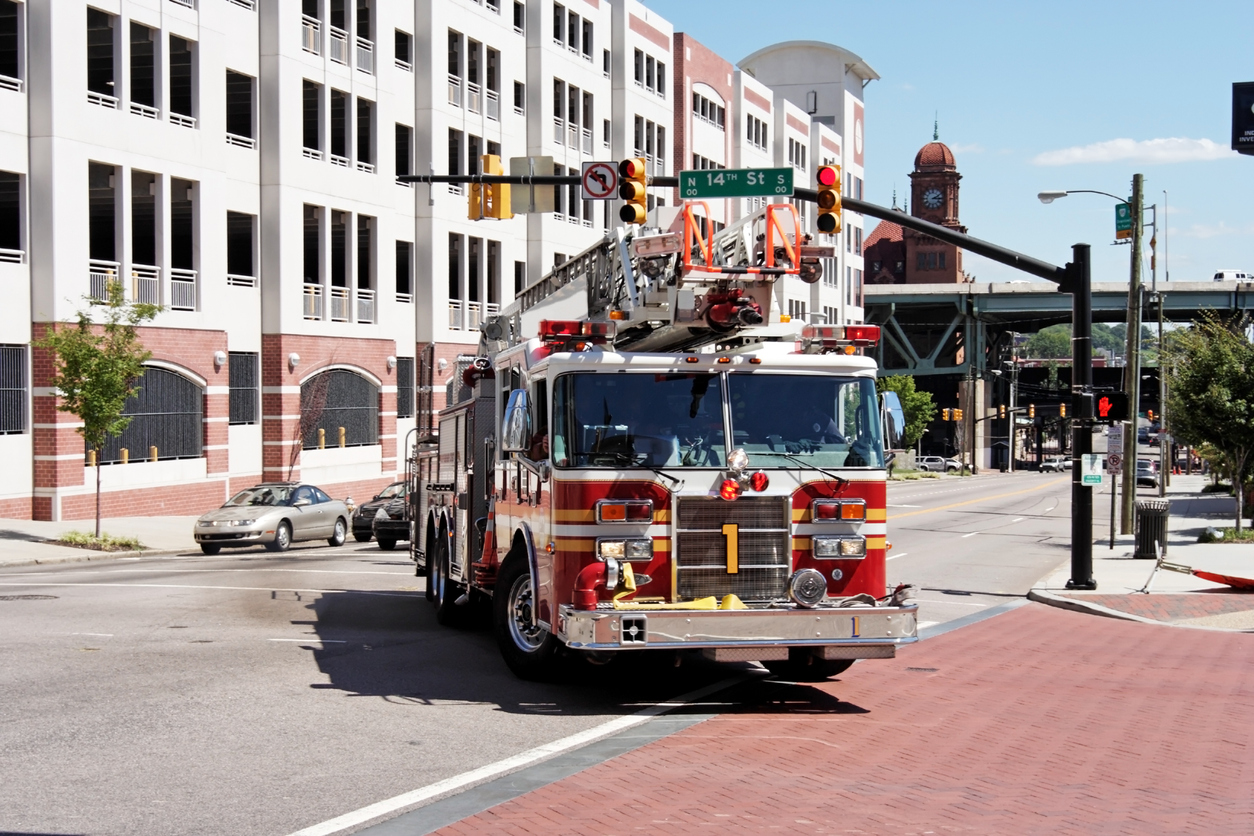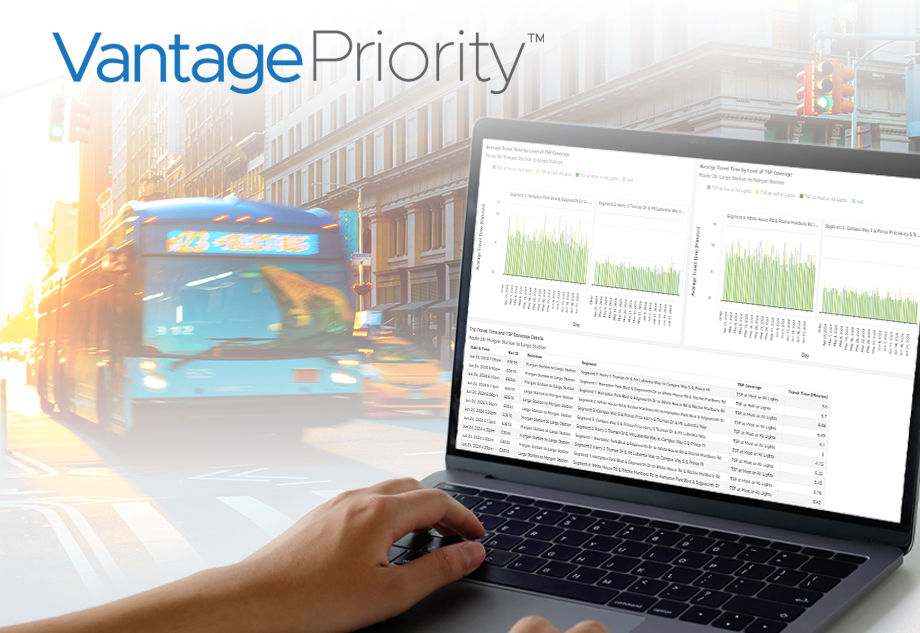
What You Need to do Now to Prepare for Connected and Autonomous Vehicles

There’s a headline or news story about self-driving cars every day. As much as I love cheeky headlines, the main story is that private industry is moving full-steam ahead to develop and deploy self-driving cars on public roadways, and public agencies are wondering what to do. As a consultant serving public agencies, I feel a duty to help my clients separate the signal from the noise. From where I stand, that means helping my clients – Metropolitan Planning Organizations, county transportation authorities, and cities – determine actionable strategies to ensure the safe mobility for all users of public infrastructure.
To that end, my colleagues and I have been working with public sector clients across California for the past few years to help them align their plans, policies, and programs with the rapid changes in transportation technology. Like many things, that sometimes means not focusing on the brightest shiniest object of the moment; rather, honing in on core skills and services and aligning the agency’s mission, vision, and values. For many of our public sector clients, that means changing the way they plan, build, operate, and maintain public roadways, sidewalks, bikeways, and transit systems in a world where connected and autonomous vehicles share space with other users.
Over the last two years we have assembled our thoughts into a number of presentations given to clients and industry groups. Each presentation is tailored for a specific audience, and every one carries the same basic message: as a public agency, it is your duty to ensure the safety for all users of the public infrastructure under your authority. The message runs counter to a lot of the discussion around self-driving cars - sure, the cars themselves are cool; sure, self-driving cars will be far less likely to cause a collision due to human error; and sure, self-driving cars could be part of a larger change in the way people move around and live their lives. The message we have been promoting is far less sexy; and the message is resonating. The Eno Center recently published a report highlighting the need for agencies to play a proactive role in the planning, construction, operation, and maintenance of basic public infrastructure – roads, signs, signals, markings – to ensure the safe mobility of all users in an environment with self-driving vehicles as a part of the fleet. I personally am pleased to see the same message we have been carrying being stated by recognized policy leaders.
In April 2017, I compiled our current thoughts on self-driving vehicles in a paper titled Agency Implications of Connected and Autonomous Vehicles. The paper was prepared in advance of a presentation made on June 19, 2017 to the Institute of Transportation Engineers (ITE) Western District Annual Meeting in San Diego, California. The paper provides a comprehensive summary of the information we at Iteris are providing to our clients, and presents a detailed list of recommendations for different levels of public agencies, from the Federal down to the local city level. The presentation was well-received, and I’m very honored to have been awarded the Best Annual Meeting Paper Award, as a complement to the work we’ve been doing with our various clients and a testament to the value of the consulting services we are providing.
The paper presents the following main points:
- The time to act is now. Connected and autonomous vehicles are here, to some extent, and agencies need to start planning for their integration into the general public fleet mix now. Agencies at all levels, from the Federal down to local cities, are taking steps to account for the interaction of CAVs within the general vehicle fleet mix, and more action is required ASAP.
- Safety for all users is paramount. Connected and autonomous vehicles, and their interaction with all other roadway users – old-fashioned human-operated vehicles, bicycles, pedestrians, transit, etc. – will be made safer if public agencies plan, invest, build, and operate their transportation networks in a way that accounts for this interaction. We will very soon live in a world where CAVs are part of the everyday activity we see on our streets, and public agencies must ensure that mobility can be maintained and safety ensured for all users.
- Start with what you know. Agencies should focus in the near-term on their core responsibilities – planning, funding, implementing, operating, and maintaining public infrastructure. Specifically, agencies should be focused on establishing a baseline for where their infrastructure is today and plan for the standardization of all features, as well as setting aside required funds for ongoing operations and maintenance.
- Think and act strategically. When developing strategic plans for integrating CAVs, agencies should approach the task as a business planning exercise, thinking about not only capital needs but also means for ensuring sustained funding streams for operations, maintenance, and upgrades. Consider any permitting fees or fines as potential sources for a self-funded enterprise unit.
Although not directly stated in the paper, I believe that the time is now for public agencies to harness the high level of interest in connected and autonomous vehicles. We have a public health crisis in the US – nearly 40,000 people die each year on our roadways. We can use the increased interest and attention on connected and autonomous vehicles to enact major structural changes in the way we plan, build, operate, and maintain our public infrastructure. With a nearly half trillion-dollar backlog in capital infrastructure funding across the US, we can’t afford to wait any longer. In a world of competing priorities, it is rare that so much attention is focused on a specific area, so it is the time to leverage that focus and address an issues that affects the lives of each and every person in the US.
So check out the paper for more information, and watch this space for more updates on Iteris’ exciting work in the realm of self-driving cars!
About the Author

Sam Morrissey previously served as an associate vice president at Iteris, leading its Mobility Services group.
 X
(Twitter)
X
(Twitter)
 Facebook
Facebook LinkedIn
LinkedIn Copy
Link
Copy
Link Email
Email

